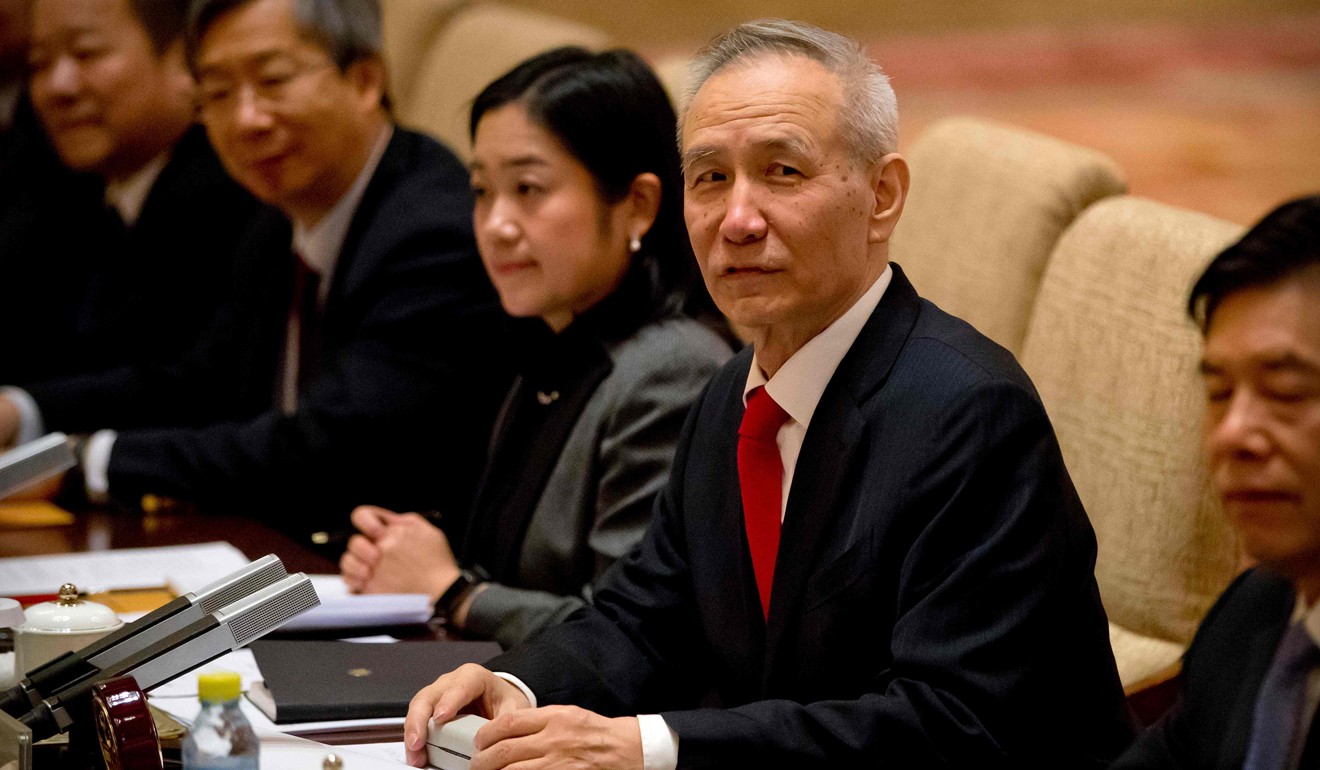- Investment from the United States increased by 124.6 per cent despite overall growth in China’s foreign direct investment (FDI) slipping to 4.8 per cent to US$12.45 billion
- China’s hi-tech industry saw significant growth, with the use of foreign capital surging 40.9 per cent year-on-year, the Ministry of Commerce said
Karen Yeung
Investment into China from the United States more than doubled in January, with the hi-tech industry witnessing the most significant increase.
Overall growth in China’s foreign direct investment (FDI) slipped to 4.8 per cent from a year earlier to 84.18 billion yuan (US$12.45 billion) in January, according to figures released by the Ministry of Commerce on Thursday.
Investment from the United States increased by 124.6 per cent, while the Netherlands by 95.6 per cent, the United Kingdom by 13.7 per cent and Hong Kong by 6.5 per cent also increased.
China’s hi-tech industry saw significant growth, with the use of foreign capital surging 40.9 per cent year-on-year, the ministry said.
Information services, research and development, design services, and scientific and technological achievements transformation services increased by 168.6 per cent, 35.8 per cent and 62.9 per cent respectively.
In any case, FDI will increasingly be a key source of capital and financial inflows to sustain China’s productivity growth and fund a current account deficit.
China is shifting into becoming a net debtor from a net saver due to a slipping national saving rate amid an ageing population.
In recent years, policymakers have been widening market access gradually to foreign enterprises, shortening its negative list for foreign investment and they have also relaxed shareholding restrictions on foreign ownership in some sectors.
Inward FDI recovered to an estimated US$234 billion in 2018, 34 per cent higher than 2016, bringing net FDI back to US$123 billion, close to the average level in 2006-07, Xing said.
But Frances Cheung, head of macro strategy Asia at Westpac, warned market observers should wait until first quarter FDI is released in mid-April to obtain a clearer reading of underlying trends because monthly figures can be volatile due to “one-off, big ticket items”.
The FDI comes at a crunch time in the trade negotiations with the United States, with US President Donald Trump demanding China open up its economy and improve its business environment for American firms.
The US, as well as other foreign nations, have complained over the unfair advantages and government subsidies China gives to state-owned enterprises and a poor legal system of punitive damages for intellectual property infringements.
Chinese President Xi Jinping and Vice-Premier Liu He are expected to meet a top US delegation, including US trade representative Robert Lighthizer and US Treasury Secretary Steven Mnuchin, in Beijing on Friday in pursuit of a deal that could bring an end to the trade war.

A 90-day moratorium on escalation in the trade war is set to expire on March 1.
If the two sides cannot reach a deal, US tariffs on US$200 billion worth of Chinese imports are expected to increase from 10 per cent to 25 per cent on March 2.
US President Donald Trump this week said that he may consider pushing back the March 1 deadline if both sides are close to finalising a deal.
Robin Xing, economist at Morgan Stanley, predicted China’s net FDI inflows will increase to US$110-230 billion per year in 2019-30 compared to US$126 billion in the past decade.
In any case, FDI will increasingly be a key source of capital and financial inflows to sustain China’s productivity growth and fund a current account deficit.
China is shifting into becoming a net debtor from a net saver due to a slipping national saving rate amid an ageing population.
In recent years, policymakers have been widening market access gradually to foreign enterprises, shortening its negative list for foreign investment and they have also relaxed shareholding restrictions on foreign ownership in some sectors.
Inward FDI recovered to an estimated US$234 billion in 2018, 34 per cent higher than 2016, bringing net FDI back to US$123 billion, close to the average level in 2006-07, Xing said.



No comments:
Post a Comment